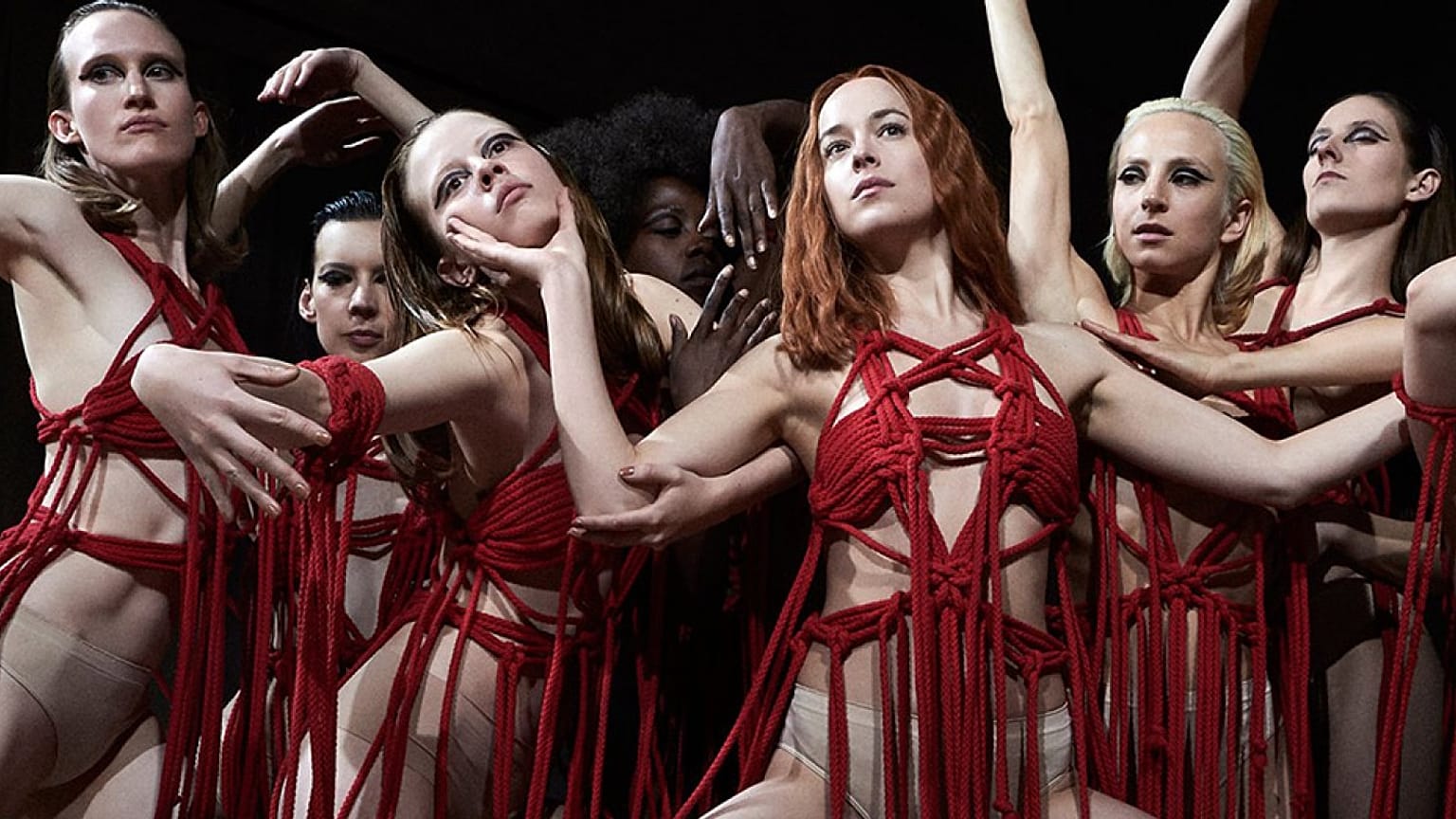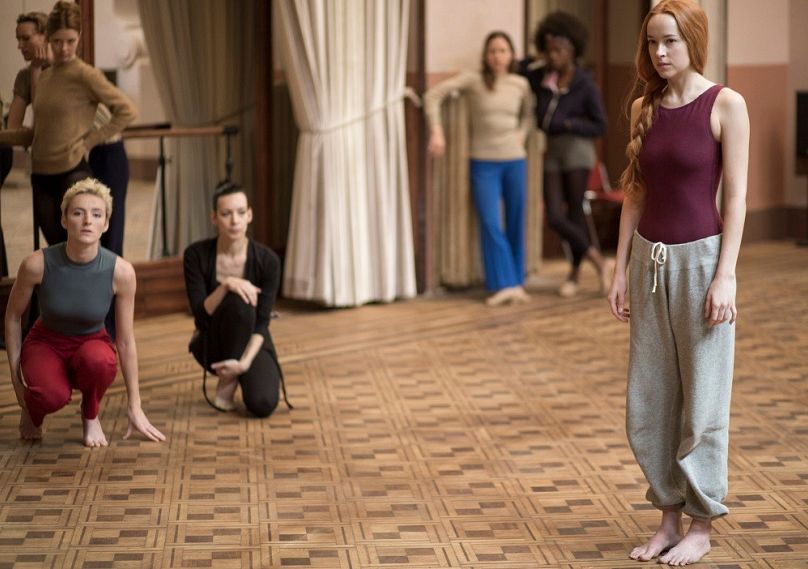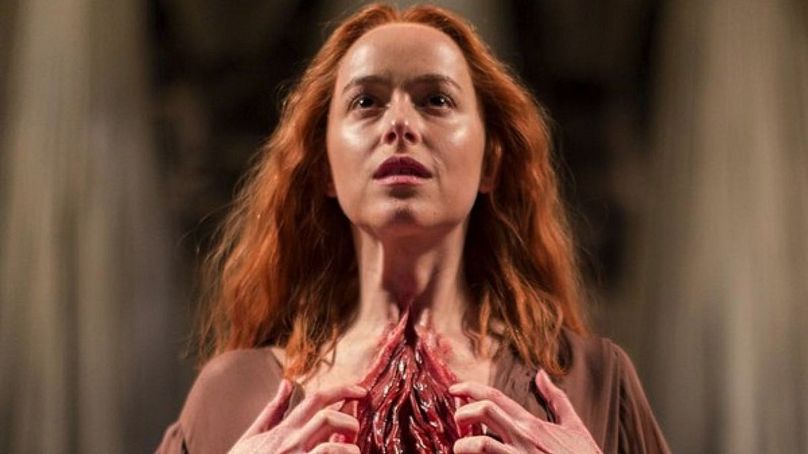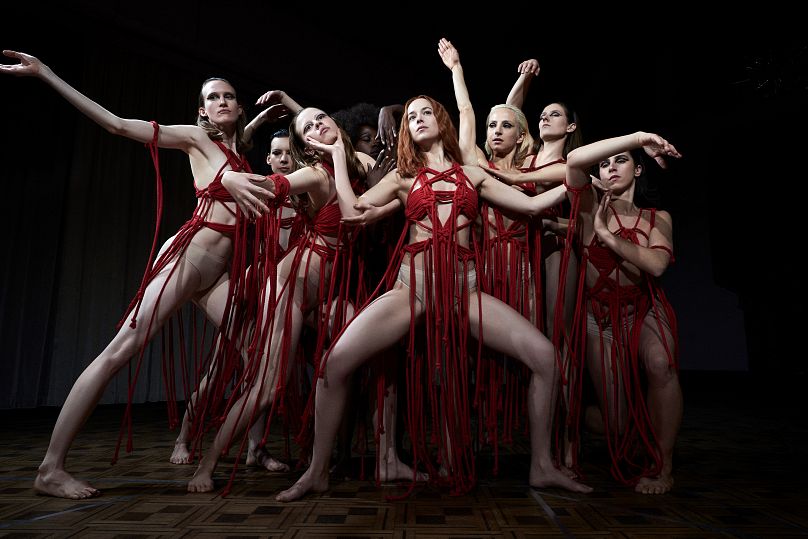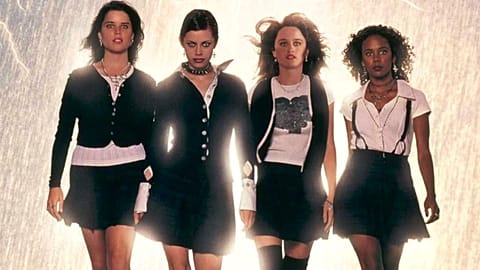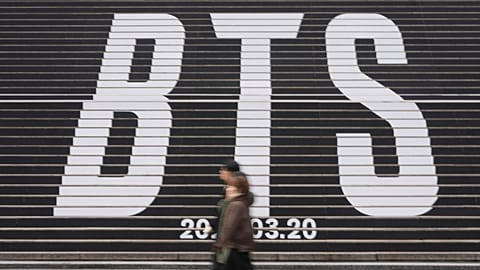Due to the ongoing Hollywood strikes, Luca Guadagnino will not be at the Venice Film Festival this year with his new film 'Challengers'. Time then to look back at his 2018 film 'Suspiria', and how its Venice premiere five years ago continues to have an impact on me to this day.
Film critics often get it wrong. Especially when it comes to watching films within a film festival bubble.
You’re averaging a minimum of three or four films per day, and have to rush from one screening to the next, with regular pit stops to the press rooms in order to write up your first-look thoughts and publish your review when the embargo drops.
It’s not always the easiest of disciplines, as you have to organise your thoughts quite quickly – with the invaluable help of note-taking during the screenings. It’s also not always the ideal way to fully appreciate a film, as some would benefit from a rewatch or more time so as to let the film sit with you longer.
And this sometimes leads to mistakes.
I got it wrong with Suspiria, Luca Guadagnino’s remake of Dario Argento’s giallo horror classic, which turns five this year.
When it premiered at the 2018 Venice Film Festival, I was excited to watch it. Trepidatious, but excited.
I was already a fan of Dario Argento’s first instalment of his Three Mothers trilogy, a unique fairytale that boasted a fever-dream mood and an extravagantly garish colour palette, and as a fan, the thought of a remake didn’t fill me with joy. After all, most - specifically horror - revamps usually ended up as carbon copy remakes with little-to-no goal other than to milk a pre-existing IP dry.
However, I was cautiously optimistic by what didn’t seem like the worst bad idea ever. After all, the filmmaker behind 2017’s gorgeous summer romance Call Me By Your Name revisiting a giallo classic – what wasn’t intriguing about such an enticingly weird 180° turn?
For those of you who haven’t yet had the pleasure, Guadagnino’s version is set in 1977 and consists of “six acts and an epilogue set in divided Berlin”. It stars Dakota Johnson as Susie Bannion, an American ballet student who auditions for a spot in the renowned Markos Dance Academy, only to discover that students are either mysteriously disappearing, prone to Dickensian hysterics or predisposed to uncontrollable convulsions, all under the watchful eye of artistic director Madame Blanc (Tilda Swinton).
I had very mixed feelings after watching it and my review at the time was far from a glowing endorsement.
There was so much about it that I admired. Suspiria is less of a remake and more of a total reimagining of Argento’s film. Guadagnino held onto some elements, not least an appreciation for the inherent eeriness generated by the walls of a vacant hallway, but it didn’t play it safe or fall into largely pointless homage. Written by David Kajganich, 2018’s Suspiria not only distanced itself visually from the original's overflow of bright colours and expressionistic credentials, but also refused to tread old ground on a narrative level, boldly banishing the source material.
But I just couldn’t get on board with this new bloody ballet. It felt muddled and very uneven. There was so much going on that it never satisfyingly coalesced. Admittedly, the original film wasn’t too concerned with shackling itself to tight narrative or logical constraints, but the dread-laden mood was all-consuming. I didn’t feel that upon my first viewing of the 2018 version. Also, the subplot in this retelling featuring a psychiatrist (also played by Swinton under heavy prosthetics), coupled with the historical backdrop of the late 70s, stalled the film’s rhythm and unnecessarily undercut the potential claustrophobia inherent to the Tanz Akademie setting. The whole thing felt like a throw-everything-at-the-wall-and-see-what-sticks exercise that perplexed more than bewitched.
I think I rounded off my review with some of sort of pithy send off which I must have been proud of at the time, something along the lines of: “Like the Mother of Sighs that gives the film its name, this new version is bound to provoke a fair few of those too.”
Plot twist: Suspiria has since become one of my favourite films of all time, and it’s only after a second watch a few months later that I realised quite how much I’d missed and to what extent I had failed to fully appreciate what Guadagnino had achieved.
Everything I had found meandering or groanworthy before became fascinating, and I now regularly refer to Suspiria alongside Philip Kaufman’s Invasion of the Body Snatchers, John Carpenter’s The Thing and David Cronenberg’s The Fly as a horror remake that actually outclasses the original.
It is a remake in the best possible way: an ambitious reconfiguration, one on which I would write a book’s worth if only they’d let me.
I’d write about the symbolic weight of mirrors, the Jungian implications behind the multiple castings of Tilda Swinton, what truly lies behind the evocative crimson reds, and the meanings decrying from the image of the sliced up pear in the finale. I’d delve into how the film invites a mediation on Germany’s remorse and shame throughout the 20th century. I’d also spend time unravelling the importance of that line in Susie’s speech to Madame Blanc - “Why is everyone so ready to think the worst is over?” - which represents both a reminder of the passing of time and a call for action.
I won’t here, purely because of word count concerns and your wellbeing, dear reader.
Safe to write though that my admiration still grows with subsequent watches. Every time, I discover something new, further layers in this richly enigmatic film that never ceases to be alluring.
One aspect I will go into a bit more, one that never fails to floor me, is the shrewd manner it merges the political anxieties of 1977 Germany with contemporary cultural concerns about gender, the patriarchy, as well as its psychoanalytic subtext on motherhood. One of the ways it achieves this is by playing with the "final girl" trope – Suspiria representing a modern alternative to the term Carol J. Clover coined in 1987.
Susie in the original was a traditional final girl in the sense she survived the evils around her. She destroyed the coven and walked away in the cleansing rain. The new version sees Susie as the final girl, in the sense her final empowerment is complete, but her force comes from within. It is not given to her, and her self-expression results in embraced womanhood and motherhood, in the sense here of occult power. Through Susie’s journey, Suspiria reveals her to encompass all of the traditional archetypes female characters are attributed, as opposed to just ticking one reductive category. She is the maiden, she is the mother, she is the crone. “I am she”, she says in the finale's bloody sabbath, reflecting all these facets. Susie ascends to her rightful place within the coven as the true Mother Suspiriorum and ushers a new era, one in which motherhood is not a prison imposed by men to keep women in place. It is reclaimed as a life force that doesn’t limit itself to childbearing. From the penetrating uterine hooks the coven use in rituals, to the costumes, and the exploration of the Three Mothers mythology, Guadagnino taps the giallo vein in which psychosexual urges and womanhood frequently interflow, to better explore how shame, guilt and motherhood are forces that can be reclaimed by women, as well as reinforcing rebirth as a vital and intransigent force.
This then allows the film to pave the way for a captivating meditation on the patriarchy. After all, the witches are not there to be destroyed by the virginal figure like in the original. They are here to survive and thrive, and in doing so, a commentary forms on how masculine fears over the course of history have suppressed, chastised and punished women who claim independence, agency and nonconformity. This is seen in many ways through the dance sequences, as dancing is a magical rite in Suspiria. The stunningly choreographed, Pina Bausch-indebted dance sequences act as ritualistic ceremonies, a form of secret language that witches use to express the full extent of their powers. And it’s these powers that suggests that things can evolve; the old rules about men permitted to behave terribly while women stay in their place no longer apply, and there is hope in inversion and reconsideration.
I’m glad I reconsidered my initial stance on Suspiria. As my mother is fond of saying: “Il n’y a que les cons qui n’osent pas changer d’avis” (“Only morons don’t dare change their minds”).
Suspiria, aside from being savagely stylish, intoxicating in its many layers, and a great horror film, reminds me to treasure my first take. It reminds me how it’s fine to get it wrong once in a while and to stay humble in the acceptance that films grow with you. I like to believe that Suspiria made me maybe not a better film critic, but certainly someone who appreciates that movies are not immovable or sclerosed in timely viewing, but an artform that evolves with the viewer and their opinions.
While I’ll be sad not to see Guadagnino’s new film Challengers in Venice this year, I’ll celebrate the five years of his 2018 masterpiece by watching it again and doubtless finding some other symbol or thematic layer to unpack - thereby continuing to make me an absolute nightmare during post-movie night chats.
I can’t wait for my next rewatch. And I couldn’t recommend Suspiria enough.















